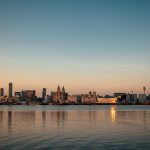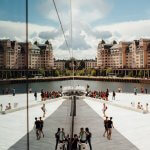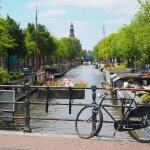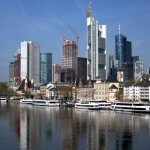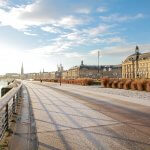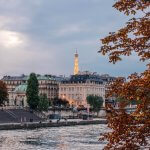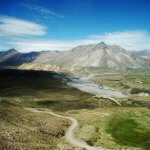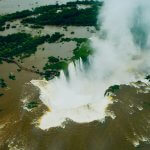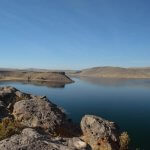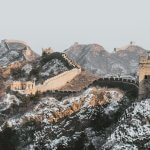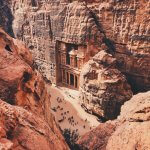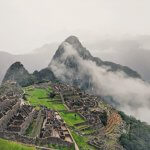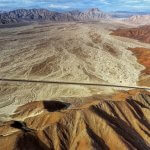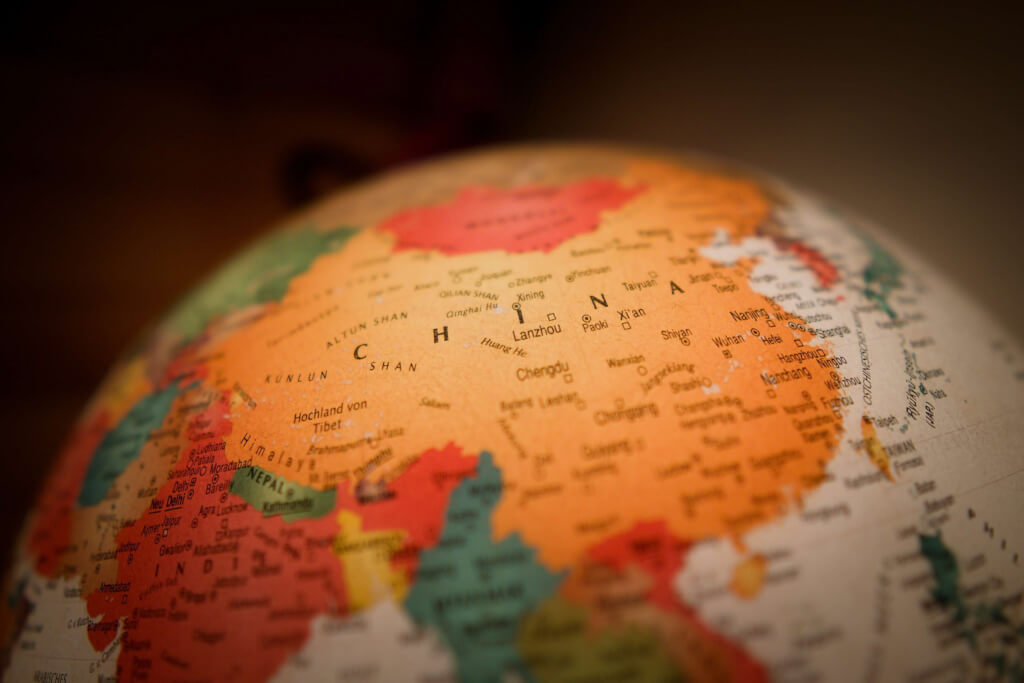
China currently has the second largest economy in the world. In addition to modern cities, the country has an ancient culture. Because of this, it has several patrimonies, many of them recognized by UNESCO. So, what are the World Heritage Sites in China?
Thus, in order to present the main ones, we made this article about some archaeological sites, temples and buildings that you should visit in this east Asian country.
Main World Heritage Sites To Visite In China
Among the heritage recognized by UNESCO, we have separated a list of the main ones that are worth visiting. Are they:
- Mausoleum of the First Qin Emperor;
- The great Wall of China;
- Imperial Palaces of the Ming and Qing Dynasties in Beijing and Shenyang;
- Mogao Caves;
- Mountain Residence and Neighboring Temples in Chengde;
- Historic Ensemble of the Potala Palace in Lhasa;
- Mount Emei Landscape Area and Leshan Big Buddha.
Mausoleum of the First Qin Emperor
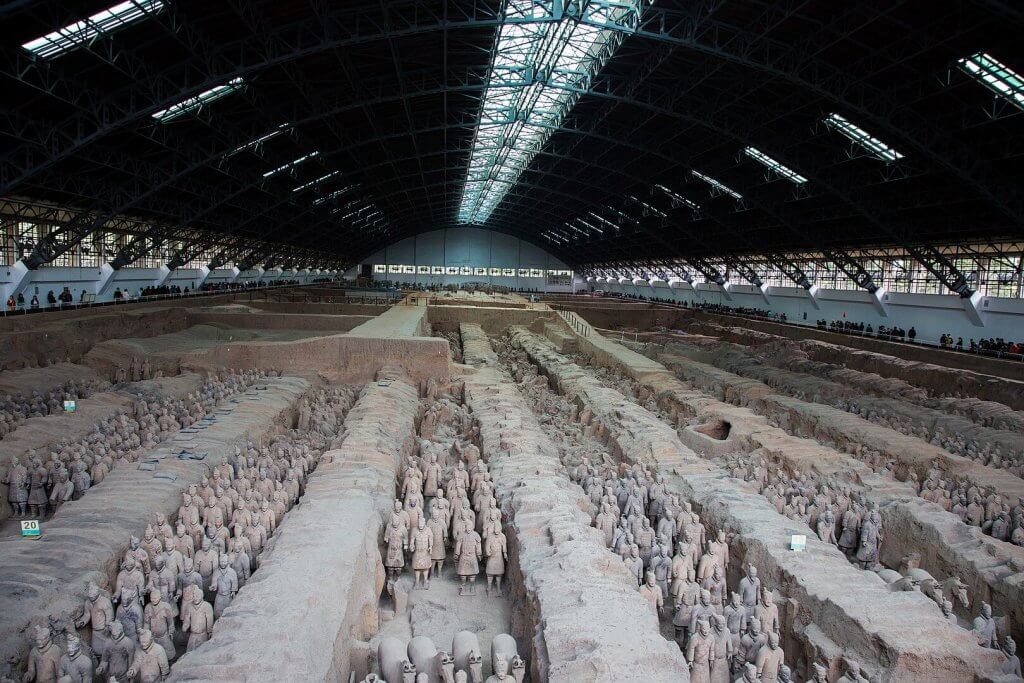
In this mausoleum, discovered only in the mid-1970s, lie the remains of Emperor Qin. So, the great differential of this place are the thousands of terracotta statues, reproducing what would be the personal guard of the Emperor of China.
The great Wall of China
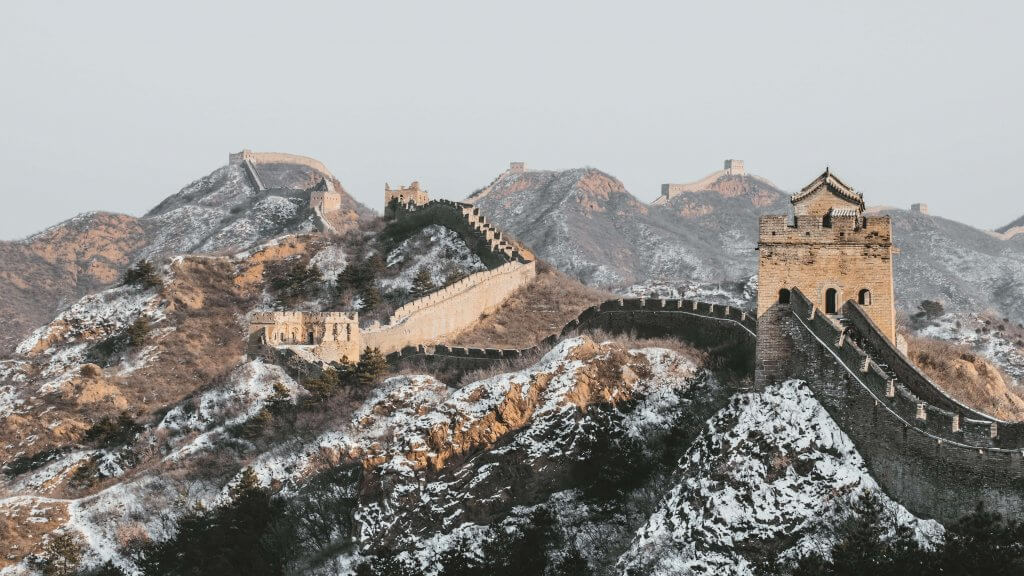
In the year 220 BC, in the Qin Shin Huang dynasty, the construction of a great wall was ordered to the north of the territory of China, with the aim of separating the country from the ‘barbarian tribes of the North’, especially the Mongols.
Therefore, the construction of the wall lasted until the 17th century and is the only human construction that can be seen from space.
Imperial Palaces of the Ming and Qing Dynasties in Beijing and Shenyang
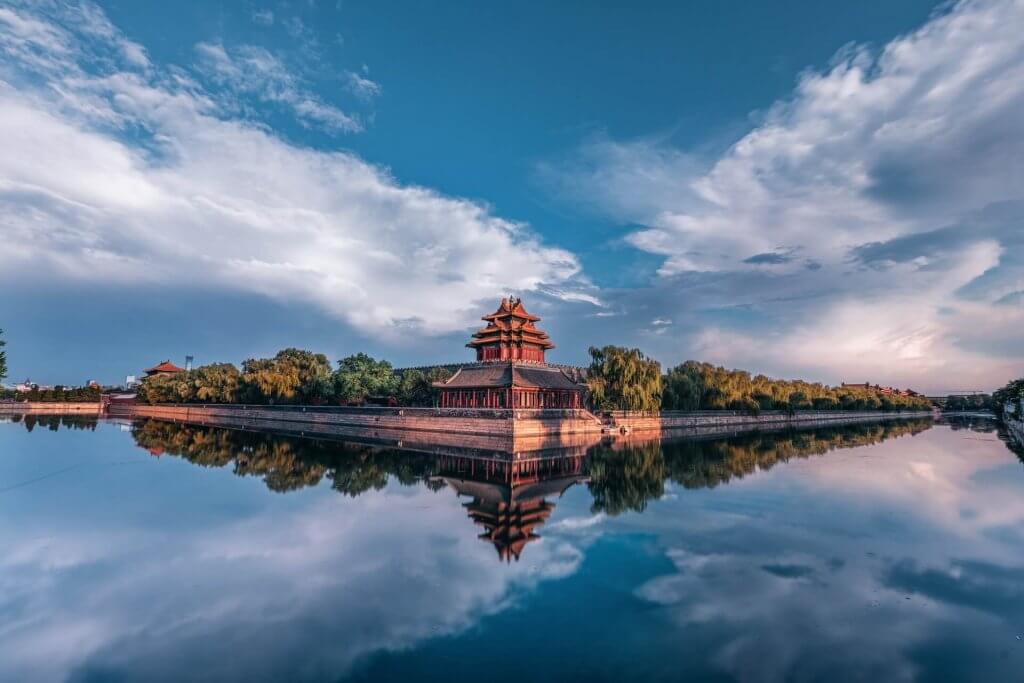
The Forbidden City represents the centralization of power in the Chinese empire for more than five centuries. It has many oriental-style gardens, more than 10,000 rooms with works of art and luxury furniture that are a reference to a great civilization that once existed in that region.
Mogao Caves
This rocky sanctuary is located in a strategic region of the ancient Silk Road. In this way, it was the intersection of a thriving trade in the region and the construction of the place indicates the richness of other times and other cycles.
Mountain Residence and Neighboring Temples in Chengde
This building was built during the 18th century and is a mountainous residence intended for the emperor and his court. It has a vast collection of palatial, administrative and ceremonial buildings.
Thus, the temples and palaces have diverse architecture, as well as gardens with lakes, meadows and forests.
Historic Ensemble of the Potala Palacin Lhasa
Lhasa is the main city of Tibet and the capital of this region of China, which has been fighting for its autonomy for decades. Ignoring the political issue, the region, to the west of China, has cultural and historical riches, the main being this palace, which impresses with its magnitude and beauty.
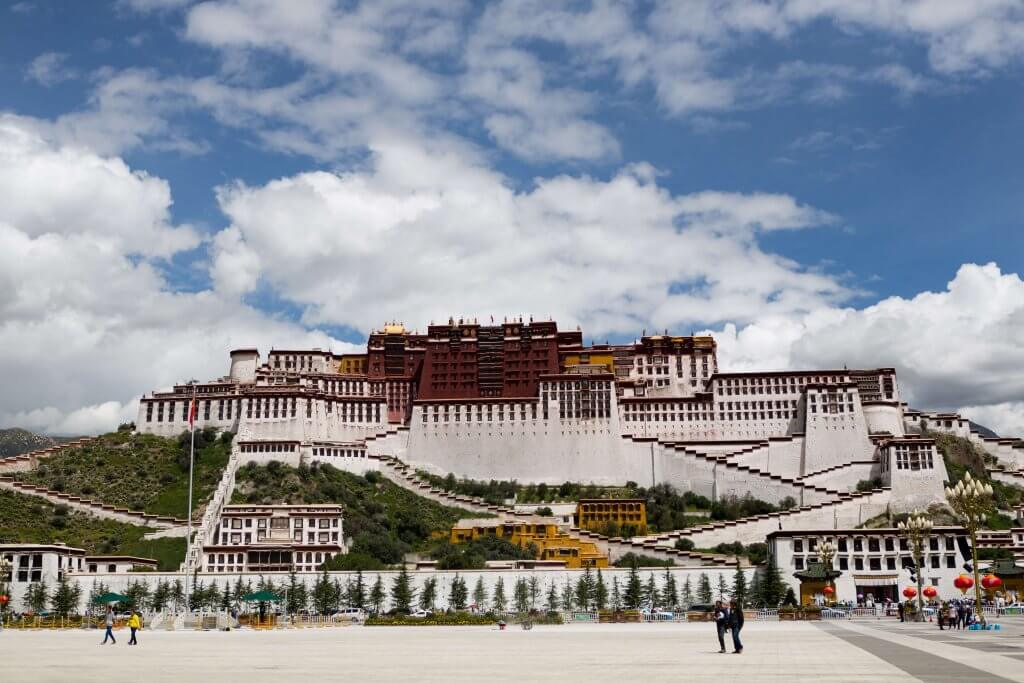
Thus, the Potala Palace has been the Dalai Lama’s official winter residence since the 7th century.
Mount Emei Landscape Area and Leshan Big Buddha
This was the first Buddhist temple built in China, still in the 1st century. After the construction of this temple, several others were built in China, which increased the cultural value of this temple that was the first Buddhist religion in the region. Over time, new contributions were placed in the region, such as the Great Buddha of Leshan, carved into the ground in the 8th century.
Therefore, as a country of large dimensions and with an ancient history and culture, it is natural that China has many patrimonies. We have listed throughout the article the main World Heritage Sites in China recognized by the main regulatory bodies, such as UNESCO.
Here you will find some accommodations with promotions! Enjoy!

